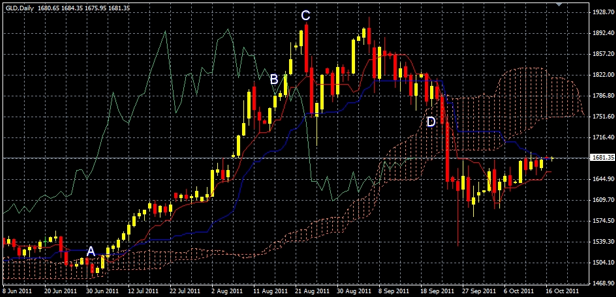
The somewhat esoteric term ‘Black Swan’ simply refers to an event that has not been expected by the financial markets.
A Black Swan event is difficult to predict because of its apparently random nature, although with hindsight it often seems hard to understand why the markets did not foresee certain events.
Typical Black Swan events included both World Wars, the 9/11 attacks, and the housing crisis in the USA. Natural disasters, such as droughts, earthquakes, and floods can also have significant effects on financial spread betting markets and, since they are nearly impossible to predict, they can often be described as Black Swan events.
Although it is possible to project the likelihood of certain events with a fair amount of accuracy, e.g. election results based on opinion polls, other events such as the Japanese earthquake and tsunami remain unpredictable.
Nassim Nicholas Taleb argues in his book “The Black Swan: The Impact of the Highly Improbable” that Black Swans will remain inherently unpredictable no matter how complex our statistical models become.
Trying to predict future Black Swans by studying the events that lead to past Black Swans is futile, he says, because there are simply too many variables involved and they will never repeat themselves in exactly the same manner.
For investors, governments and traders however, it is not good enough to say that, just because Black Swans are unpredictable, we should simply ignore them. There has to be contingency plans in place to deal with disastrous events, even though we are not sure when they will in fact happen and if they happen how severe they will be.
One also has to take into account the fact that not all Swan events are negative and that what is a negative Black Swan event for one person might be a positive White Swan event for another.
A sudden, unexpected surge in the value of the Euro – Dollar forex market after a huge oil discovery in Europe would, for example, be a White Swan event for Europeans but a negative Black Swan event for Americans.
This is also true for traders. Swan events can be both positive and negative. The positive ones should be exploited as far as possible and the impact of the negative ones should be limited as far as possible.
Trading Black Swans: Portfolio Diversification
Diversification is one of the best ways to protect your portfolio against negative Black Swans.Rarely does an event occur that has a negative influence on all sectors of the economy. A well-balanced portfolio therefore has a much better chance to weather bad news than one consisting of only one or two investment instruments.
There is of course also a danger in over-diversifying: if you own ten stocks and one of them suddenly triples in price, it will have a significant effect on your profit ratio. If you own a hundreds stocks the overall benefit will be much smaller.
Black Swans: Take Profit Levels
A positive, or White Swan, event can often be exploited by setting up a Take Profit level. This involves setting up a spread betting order for the trade to be closed at the moment you have made a certain amount of profit.An example of this can be seen in the chart below. If you went long on Gold at $1,517, point A, when it emerged from the Ichimoku Cloud, and decided that you would be happy if it reaches $1,817, you would have set up a take profit level at point B, $1,817.
If you were greedy and set up the take profit level at point C, you might have stayed in the trade long after the profit potential had evaporated, losing unnecessary money in the process.

Black Swans: Guaranteed Stop Losses
If you, for example, trade using a spread betting account, a guaranteed stop loss is one of the best ways to protect your investment against sudden price movements.If you had used guaranteed stop losses on the Gold trades in the chart above then you would have lost nothing more than the amount you were prepared to risk, when the metal tumbled on the 22nd and 23rd of September 2011.
Let us assume that you had a guaranteed stop loss at point D, $1,740.00. In that case you would have been out of the trade by the end of the 22nd of September, and you would have missed the massive price drop that occurred the next day.
Golden Rule
The golden rule for any financial investor is not necessarily to try and predict future Black Swan events, but to make sure you are ready for them, regardless of what happens.Good luck and happy trading
Shai Heffetz, InterTrader
(Original article written 17 October 2011).
Spread betting and CFD trading carry a high level of risk to your capital and you may lose more than your initial investment. Spread betting and CFD trading may not be suitable for all investors. Only speculate with money that you can afford to lose. Please ensure you fully understand the risks involved and seek independent financial advice where necessary.
